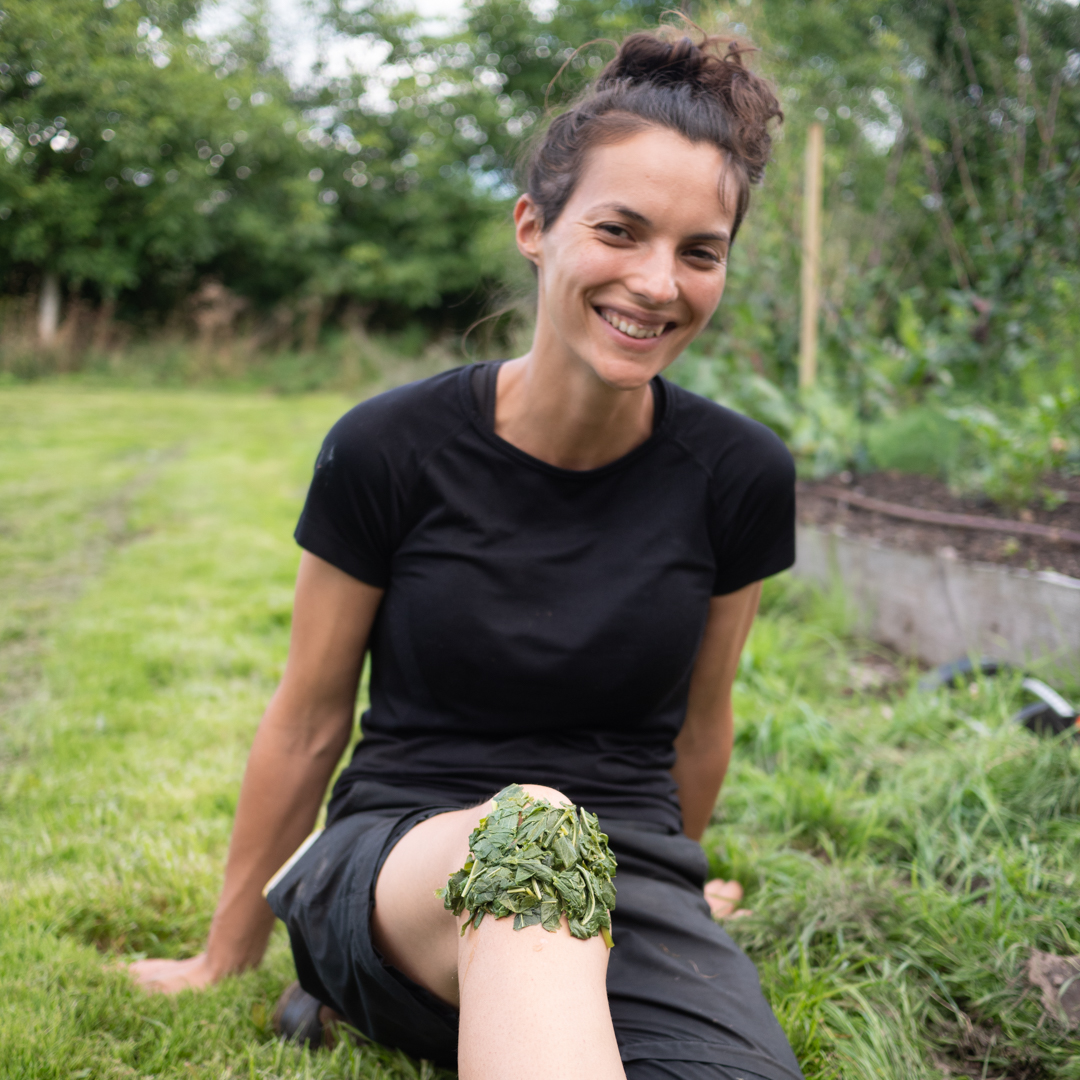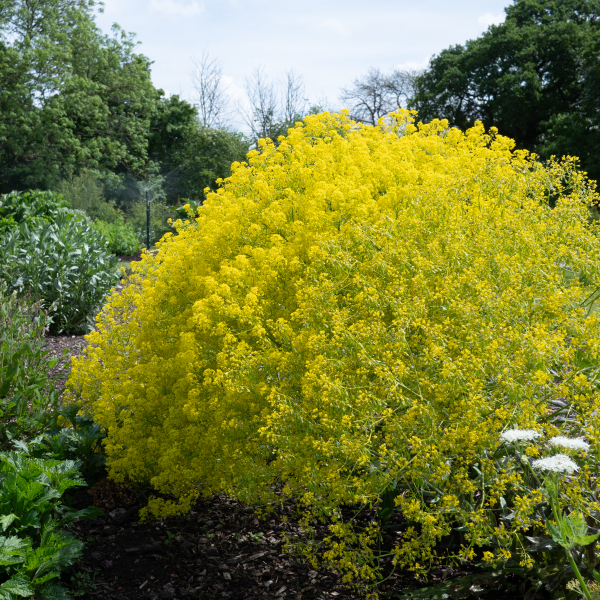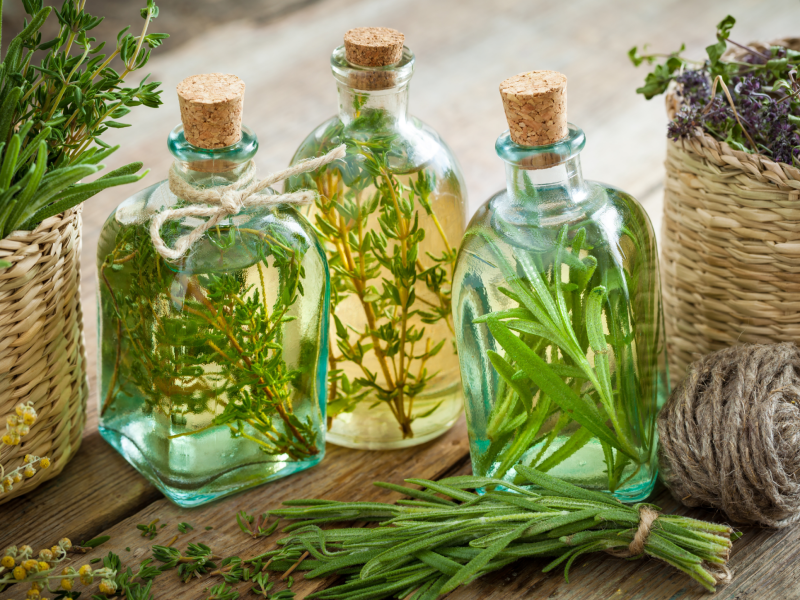How to make a poultice
If you’re looking to explore natural remedies and make the most of the healing powers of your garden herbs then learning how to make a poultice or herbal plaster is a wonderful way to start. These traditional methods give you a great option for a range of ailments, from soothing sore muscles to drawing out toxins.
What is a poultice?
We all know about the use of a dock leaf for a nettle leaf sting and using a poultice is a similar principle. A poultice is made from herbs crushed into a paste placed on the skin, often held in place with a cloth/bandage. More traditionally known as a cataplasm, from the Greek ‘to plaster over’, they can also be any blend of mealy ingredients (like oats or pulpy herbs like marshmallow root) that can have hot water or herbal infusions added to be bound into a mass that can stick to the skin.
A very simple way to get the benefits of a poultice is to use a herbal tea-bag; soaked herbs in hot water and placed on the skin, good for an ‘eye-bath’.
What is a plaster?
A plaster is a thicker, more solid application of herbal or medicinal material spread on cloth or paper and then applied to the skin. Plasters are often used for longer periods and are particularly beneficial for drawing out toxins or providing sustained relief to an affected area. They can also be used for drawing out splinters.
What are poultices and plasters used for?
These natural remedies have a variety of uses, including:
- Soothe sore muscles and joints: Ingredients like arnica and ginger in poultices can help reduce inflammation and relieve pain.
- Draw out toxins and splinters: As they dry, clay and charcoal in plasters are excellent for drawing out impurities from the skin and wounds, and can help pull out splinters. Traditionally herbs such as marshmallow (root and leaf) and slippery elm are used in the same way with the added of benefits of soothing inflammation.
- Heal skin conditions: Herbs such as calendula and Roman chamomile have a combination of microbe balancing and inflammation reducing properties to help soothe skin conditions such as eczema and acne.
- Promote healing: Poultices with healing herbs like comfrey and calendula can speed up the recovery of cuts, bruises, and other minor injuries.
Poultices and plaster are often applied warm and wet (good for bruises), but also ‘fresh’ and cool too (better for burns or ‘hot’ irritated skin).
Which herbs can I use?
Below is a selection of herbs available on our website that have specific wound-healing and pain-reducing properties that are good for making a poultice:
-
Angelica
Price range: £2.75 through £6.00 Inc VAT -
Arnica, Meadow
Price range: £3.25 through £4.00 Inc VAT -
Calendula
£2.75 Inc VAT -
Echinacea purpurea
£3.00 Inc VAT -
Marshmallow
Price range: £2.75 through £14.00 Inc VAT -
Oregano, Himalayan
£2.75 Inc VAT -
St John’s Wort
Price range: £2.50 through £9.00 Inc VAT -
Woad
£3.00 Inc VAT -
Yarrow
£2.75 Inc VAT
You can find a full list of our poultice herbs by going to our shop page and selecting ‘Poultices and Plasters’ from the ‘Make Your Own’ filter. Other herbs that are commonly used for to make a poultice and plasters include flax seed, plantain leaf and slippery elm.
How do I make a poultice or plaster?
Prep Time
15 mins
Cook Time
0 mins
Difficulty
Easy
Ingredients
- Fresh or dried herbs (such as arnica, comfrey, calendula, ginger, and chamomile)
- Clay or charcoal (optional – used for drawing plasters)
- Clean cloth or cheesecloth
- Water
Equipment
- Pestle and mortar
- A clean cloth or gauze
Method
- Prepare the herbs: If using fresh herbs, gently wash them to remove any dirt. For dried herbs, ensure they are free from contaminants.
- Crush the herbs: To make a field-poultice just crush off the leaves of the specific plant in your ready-to-hand pestle and mortar, or if not available, between your hands with some water and moisture before applying to the ailing area.
- For another approach you can put the bruised herbs in a muslin bag (or clean sock), add enough hot water to moisten it and apply to the affected area. The benefits of the poultice can be enhanced by repeating the process with refreshed herbs and hot water.
- Secure and leave: Secure the poultice with a bandage if necessary and leave it on for about 20-30 minutes.
How do I make a plaster?
Apply the moistened herb either directly or over a muslin cloth and apply to the affected area. Marshmallow and flax seed are especially useful here.
Freshly crushed herbs are also used as plasters on the skin as a counter-irritant to blockages. A famous one is the mustard seed paste, known as a sinapism, placed directly on a muslin cloth on the chest for 10-30 minutes and used for congested lungs and bronchial coughs. Heating herbs such as ginger and horseradish can be used like this over painful joints too.
Making poultices and plasters is a rewarding way to connect with natural healing traditions. With just a few ingredients and a bit of time, you can create your own remedies that bring comfort and relief. Happy healing!













